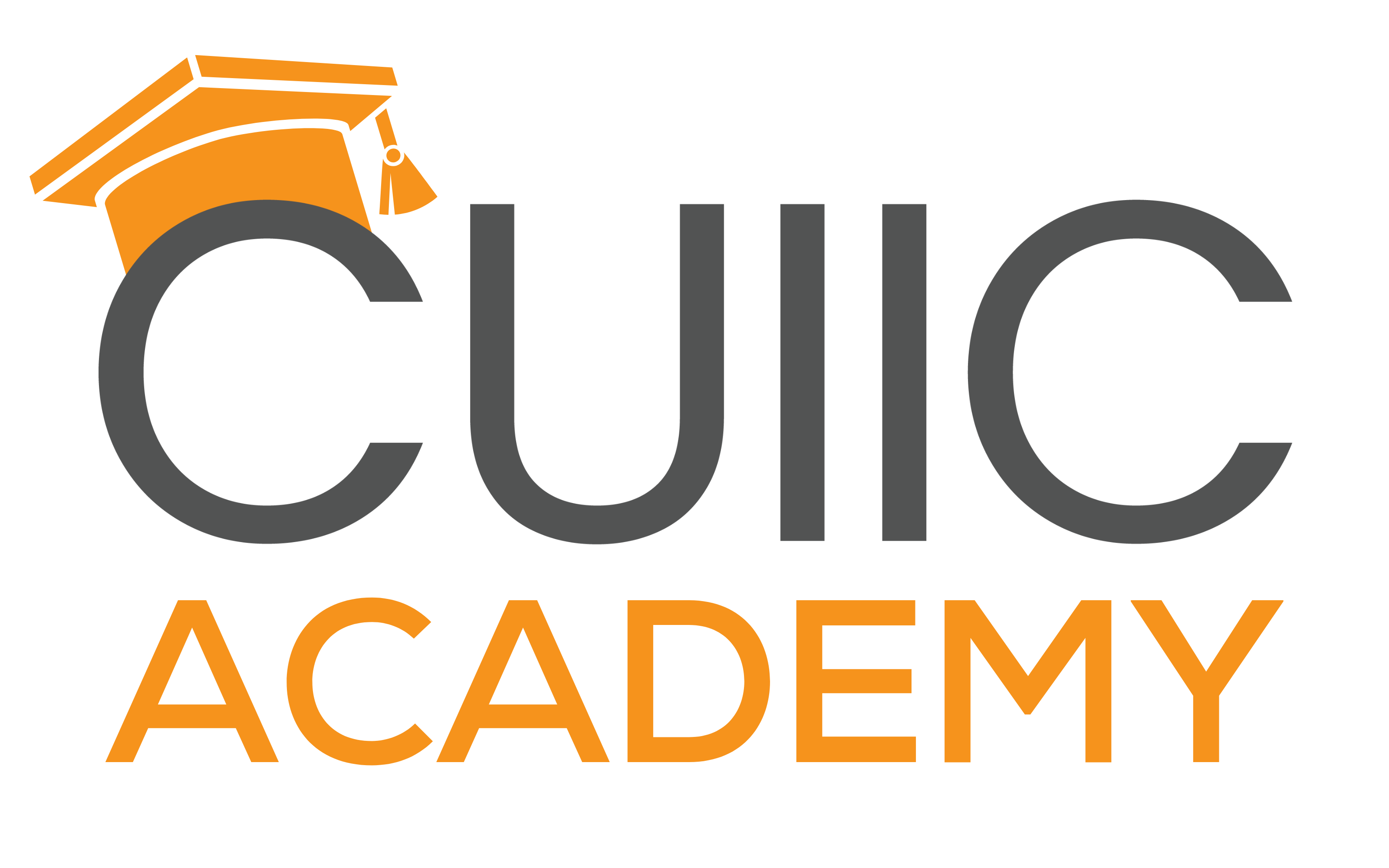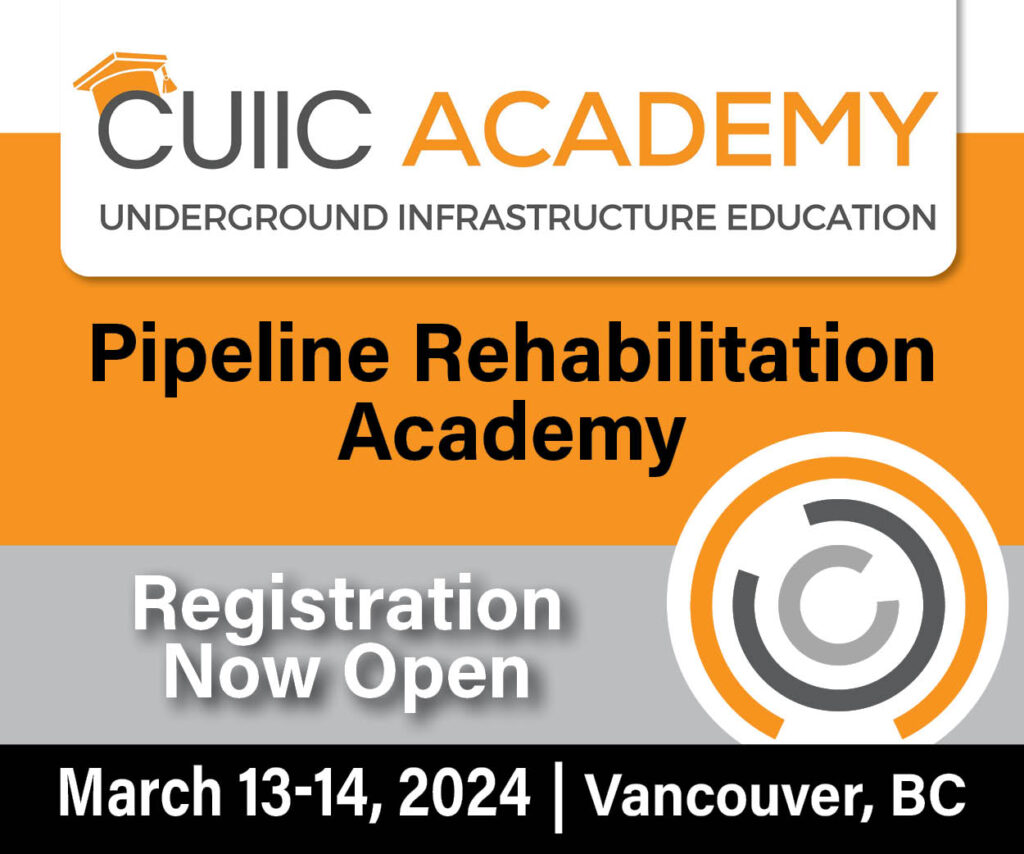Pipeline Rehabilitation Academy
March 13-14, 2024
Fairmont Hotel Vancouver
900 W Georgia St, Vancouver, BC
The Pipeline Rehabilitation Academy experts will present a two-day course that is designed to equip attendees with knowledge related to asset management, condition assessment, maintenance and rehabilitation of underground pipelines.
Attendees will get the chance to earn CEUs from the Engineering Institute of Canada while learning about the most up-to-date advancement and new technologies available to repair and rehabilitate the aging infrastructure.
Agenda
Fairmont Hotel Vancouver – Saturna Island Room
March 13, 2024 (Day One)
Registration and Breakfast
7:00 AM – 8:00 AM
Understanding the Problem To Be Fixed
How the City of Nanaimo Looks at Trenchless Options
Chris Lang, City of Nanaimo
8:00 AM – 8:30 AM
The deterioration of municipal underground infrastructure, increasing project costs, and maintaining levels of service have all increased the necessity for more efficient rehabilitation and renewal of underground utilities. In addition to costing there are social, environmental, and other factors that make Trenchless Technology options viable, often becoming the preferred alternative to traditional open-cut methods. This presentation takes a deeper look at the rationale for selecting Trenchless Technologies from the utility rehab tool box with discussion on the decision making framework used from a municipal perspective.
Benefits of Gravity Pipeline Rehabilitation Versus Replacement
George Bontus, Insituform and David O’Sullivan, PW Trenchless
8:30 AM – 9:15 AM
Trenchless rehabilitation of underground pipelines has been an accepted options for many years, and the market and products continue to evolve. Many owners have selected trenchless methods for specific projects or programs, but still chose traditional open cur replacement for other projects. In some cases, the need to increase capacity can justify replacement. However, the lifespan of existing infrastructure can vary as a result of many factors. This presentation provides perspective into how the pipes continue to complete the 3 basic functions expected: Containment of the liquid; carrying or conveyance capacity; and, support, as well as the often understated value of the horizontal hole resulting from the existing pipe.
It also discusses the benefits of gravity pipeline rehabilitation when compared to replacement methods in terms of cost, social impacts, and environmental considerations, referencing a variety of technologies. The discussion will help to evaluate when trenchless methods are applicable and select suitable technologies.
How to Build Programs Not Projects
Mark Knight, University of Waterloo
9:15 AM – 10:00 AM
This presentation will present the business case for building annual capital rehabilitation programs. Data from three different size water utilities will be used to show that investing in annual capital work programs will improve the network performance, reduce network operational cost, and result in more affordable water for its customers (homeowners and businesses). It will also show that borrowing and building a reserve fund can be a smart business decision.
Networking Break
10:00 AM – 10:15 AM
Gravity Pipe Condition Assessment
Christopher Mitchell, AECOM
10:15 AM – 10:45 AM
The condition assessment of gravity pipe involves the collection of good quality sewer inspection deliverables, using closed-circuit television (CCTV) with potential supplemental inspection technologies such as laser and sonar. The National Association of Sewer Service Companies (NASSCO) -Pipeline Assessment Certification Program (PACP) provides a means to code defects and featured observations using a standard language in a consistent and reliable manner to allow for confident grading and subsequent condition assessment. This session will provide a high level overview of the process with the ultimate goal of establishing the gravity pipes’ likelihood of failure with effort to the application and prioritization of rehabilitation treatment.
Advances and Changes in Gravity Pipe Rehabilitation Design Methods
Christopher C Macey, AECOM
10:45 AM – 11:25 AM
This presentation provides an overview of close-fit liner design beyond the ASTM F1216 Appendix X1. The recently released ASCE MOP 145 represents some major advancements for the North American market in CIPP design including the use of:
– True constrained buckling models versus modified unconstrained buckling models.
– Mechanics of liner interaction with rigid and flexible host pipes after load related defects occur in the host pipe.
– Load transfer models to the liners ranging from initial burial conditions of a host pipe to mature burial conditions, updated for the first time since ASTM F1216-89.
– A transition to Load and Resistance Factor Design (LRFD) from Allowable Stress Design (ASD) methods to better capture uncertainty on a parameter-by-parameter basis as opposed to the use of single factor of safety design concepts.
– The first update in North American for non-circular liner design that addresses all pipe cross sections, since the Water Research Center (WRc) formulae that were developed in the early 1980’s.
A brief, practical overview of the ASCE MOP 145 design approach will be provided through an overview of the evolution in design, illustrated case studies from a number of projects carried out since the MOP’s release in the fall of 2021, and some practical input on the range of design cases that will benefit the most from utilization of the MOP versus the ASTM F1216’s design methodology.
Gravity Pipeline Rehabilitation Methods
Gravity Pipeline Trenchless Rehabilitation Methods
George Bontus, Insituform and David Kozman, HammerHead Trenchless
11:25 AM – 12:00 PM
Cured-in-place pipe (CIPP) was invented in the UK in 1971. Since that time, over 50,000 km of CIPP liners have been installed worldwide in sanitary sewers and storm drainage pipes. Each CIPP liner is designed based on specified parameters and site conditions that are unique to each application.
This presentation provides an overview of the CIPP market evolution, materials, products, processes, installation techniques, industry standards and associated design methodologies. Environmental aspects related to CIPP installations will also be presented, including a discussion on research and recommendations related to styrene exposure.
Key to a successful CIPP project or program is definition of the design intent, supported by proper specifications and quality control/assurance testing. These details are discussed with examples of industry standard testing that is used to confirm liner integrity and conformance to the specifications.
Networking Lunch
12:00 PM – 1:00 PM
Live Flow Sewer Rehabilitation: Mechanized Sliplining
Chris Sivesind, Akkerman
1:00 PM – 1:30 PM
During this presentation I will talk about a couple of the more common sliplining methods and highlight the advantages of mechanized sliplining sewers as a great alternative for rehabilitating sewers without requiring any sewer bypass systems be put into place. I will also include 2-3 recently completed projects utilizing this methodology.
Sliplining Non-Circular Pipelines
Andy Sherwin, Channeline and David O’Sullivan, PW Trenchless
1:30 PM – 2:00 PM
A joint presentation by a local contractor and a pipe supplier on the benefits and attributes of sliplining of non-circular pipe . The contractor will demonstrate a number of various projects completed in B.C. using GRP pipe and the abilities and benefits of GRP. The supplier will address the GRP design criteria and some details on the manufacturing of the pipe.
Gravity Bypass Design Considerations
Simon Lamnouar, United Rentals Fluid Solutions and Brooks Harvey, United Rentals Fluid Solutions
2:00 PM – 2:30 PM
Designing a temporary bypass system can quickly change from simple to complicated if the right information isn’t shared during the bid-phase. Having the insight to understand the differences between the design engineer’s practical application and executing in the field comes with experience. Taking this experience and sharing it between industry professionals on both sides of the process can only help bridge the gap between the design and execution teams. A professional in the bypass industry will understand the questions needed to start the design process, what to look for during a site visit and have the ability to communicate the needs and challenges throughout the process. This will result in a more thought out execution plan, which takes into consideration the socioeconomic impact to the neighboring communities all while mitigating the risk for onsite safety and financial impacts when a bypass is properly designed.
Networking Break
2:30 PM – 2:45 PM
Gravity Pipe Cleaning
Scott Cullum, Uni-Jet Industrial Pipe
2:45 PM – 3:15 PM
This presentation covers how a fleet of over 135 units uses custom designed equipment capable of cleaning sewer assets of any diameter up to and beyond 850 meters between access points. Decades of cleaning experience and application of in-house designs have culminated to double 1-1/4” flusher trucks built to run 236 GPM at 2900 psi and triple axel 12” vacuum trucks equipped to decant on the fly at 1200 GPM. These advancements have allowed Uni-Jet to become proficient in cleaning trunk sewers above 2500mm in diameter, at depths of over 40m. “Yes” that’s over 130 foot deep. In combination with their highly modified CCTV inspection units, this cleaning process can be monitored in real time in high definition, at an efficiency never seen before in the industry.
Diagnose-Advise-Treat: A Process to Rehabilitate Manholes
Rob Epp, Infrastruct Municipal Services
3:15 PM – 3:45 PM
Across the Country, manholes are aging and deteriorating at a rapid rate. Left unrepaired, at street level these manholes can cause safety concerns, vehicle damage, and potentially expensive and inconvenient replacement efforts. Below ground, damaged manholes can dilute sewage, increase sewage volumes, back up sewage and make wastewater treatments more inefficient. Bottom line, although an unseen asset from a public perspective the deteriorating manholes below play a very important role in ensuring the system remains operational. The challenge for Municipalities is the selection of the appropriate rehabilitation method based on the specific needs of the asset weighing in the consequences of doing something versus doing nothing.
Specifications and QA/QC Considerations
Tony Araujo, Paragon Systems Testing
3:45 PM – 4:15 PM
Cured-in-place-pipe (CIPP) has demonstrated that it can be an effective rehabilitation technology when it is implemented within an appropriately managed project. Critical to achieving success in CIPP installation is a specification which defines the Owners design objectives and a QA process structured to achieve these objectives. Included in this process are CIPP specific QC activities to document that the installation complies with the Owners design.
Panel Discussion
Industry Experts and Audience
4:15 PM – 4:45 PM
6:30 PM
Join us for an engaging Networking Reception including refreshments and appetizers. An ideal setting to connect and build valuable relationships. The Networking Reception is included with registration.
March 14, 2024 (Day Two)
Registration and Breakfast
7:00 AM – 8:00 AM
Pressure Pipe Rehabilitation
Using Cured-in-Place Pipe Technologies to Replace Sewers in Environmentally Sensitive Areas
Sam Eichenberger, Kerr Wood Leidal and Shashi Bandara, City of Port Moody
8:00 AM – 8:30 AM
The City of Port Moody required the rehabilitation of 1.5 km of parallel sanitary sewers located in the environmentally sensitive Shoreline Trail Park at the east end of the Burrard inlet between Old Orchard Park and Murray Street. The two sewers run through the park below a paved multiuse pathway and through sections of forested land. Within the alignment the sewers cross 5 named watercourses, two of which are salmon bearing, and through a Great Blue Heron rookery situated above a wetland. The north shore of the inlet is also a known archaeologically significant village site. This presentation will discuss the decision-making process that led to the selection of CIPP as the preferred rehabilitation method. We will also cover challenges and lessons learned through the successful construction of the project using both steam cured inverted felt CIPP for the 400 mm gravity sewer and UV cured pull in place CIPP for the 600 mm pressure sewer.
Pressure Pipe Failure Mechanisms
Christopher C Macey, AECOM
8:30 AM – 9:15 AM
This presentation provides an overview of the most common failure mechanisms in pipes in pressure service by material type. A brief review of the most common deterioration modes for each material type including common design and era vulnerabilities is provided as a basis to highlight how the deterioration of various materials lead to failure.
Failure modes are essential to understand to facilitate the design of rehabilitation technologies and to advance design processes in new installations to preclude replicating failure that ultimately occurs, by design.
Pressure Pipe Condition Assessment
Christopher C Macey, AECOM9:15 AM – 9:45 AM
Pressure pipe (water and force mains) condition assessments are considerably more complex than gravity sewer pipe condition assessments. Internal visual classification methods alone are often inadequate to assess overall failure probability and seldom convenient to acquire due to the lack of redundancy and difficulty in dewatering pressure pipe systems (especially force mains). Pressure pipes require a thorough understanding of both internal and external deterioration processes. The load-resistance capacity of the pipe also needs to be assessed versus the applied loads to fully put any observed internal and external deterioration into proper context. While there are a wide variety of emerging tools to conduct more advanced condition assessment, the cost to ascertain physical condition with certainty can be considerable and has inherent risk in itself in the deployment of invasive tools. Therefore, the overall process must be one that not only fully understands the science of material degradation and the various means of detecting or inferring deterioration by indirect and direct assessment methods; but also, one that fully understands risk and economics, so that the appropriate level of condition assessment can be carried out on the right portion of the pipeline at the right time. This approach to condition assessment is commonly referred to as both risk-based and phased (staged) condition assessment and is generally accepted as the most appropriate model for pressure pipe assessment.
Networking Break
9:45 AM – 10:00 AM
Structural Classifications of Pressure Pipe Linings
David Kozman, HammerHead Trenchless
10:00 AM – 10:30 AM
Through AWWA’s Pipe Rehabilitation Committee, in 2013 the Structural Classifications of Pipelines Subcommittee was formed to revisit definitions in the M28 appendices and ultimately led to the development of the 2019 committee report, “Structural Classifications of Pressure Pipe Linings: Suggested Protocol for Product Classification.” This consensus document provides more comprehensive definitions of the AWWA M28 Class I-IV lining systems, and includes technology-specific design guidance, testing protocol, and acceptance criteria which are applicable to all pressure pipelining projects and will be included in the 4th edition of M28 as a stand-alone chapter in lieu of a non-mandatory appendix.
Design concepts included within the committee report are being utilized to develop appendices to accommodate AWWA pipeline rehabilitation standards for close fit lining (CFL) systems, including C623 (CIPP) and C620 (SIPP). This presentation provides an overview of current standards and an update on industry developments and committee activity.
Pressure Pipe Rehabilitation Methods
Spray In Place Pipe and Cleaning Requirements
Geoff Hopkins, Resimac UK
10:30 AM – 11:15 PM
Correct cleaning and preparation of the internal host pipe surface is an essential factor in ensuring successful outcome and the longevity and durability of applied SIPP linings. In this presentation, we will take a look at the mains cleaning requirements necessary to apply AWWA Class I through to Class IV SIPP linings and the differing processes that can be used to achieve these requirements. The presentation will cover the most commonly used mains cleaning techniques including abrasive pigging, drag scraping, rack feed boring, high pressure jetting and vortex of air/propelled abrasive cleaning techniques. The presentation will consider the relative advantages and limitations of these individual cleaning systems along with reviewing cleaning standards and measurement of adhesion levels achieved.
Class IV Pressure Pipe Rehabilitation with CIPP and Slipliners
David Kozman, HammerHead Trenchless and George Bontus, Insituform
11:15 AM – 12:00 PM
AWWA M28 defines a Class IV lining system as a fully structural solution that can accommodate the internal or externally induced failure of the host pipe while also meeting the Maximum Allowable Operating Pressure (MAOP) for the pipe system. These design objectives can be met by cured-in-place pipe (CIPP) liners and slipliners. CIPP has an over 50-year history in gravity pipes and has been used in pressure pipe applications for over twenty years throughout the world. Sliplining is the oldest form of fully structural repair, with installations dating back to the 1940s.
This presentation reviews the evolution of pressure pipe liner materials and installations. Historically there has been limited guidance available for designing CIPP liners for these applications. AWWA recently published documents that provide a sound basis for designing, installing, and validating CIPP pressure pipe liners. This includes the release of the Structural Classifications of Pressure Pipe Linings Committee Report in 2019 and CIPP Standard C623 in 2022, which will both be discussed.
Sliplining systems include pull-in and push-in options, coupled with a wide variety of materials. AWWA is currently completing the first Continuous, Close-Fit, and Segmental Sliplining Standard. This presentation provides and overview of the draft standard and discusses how designs for industry standard or typical pressure pipe materials are considered.
Design intent and performance requirements as established by contract specifications set a baseline for product acceptance and are essential to ensuring a successful project. The presentation expands on this and includes a discussion related to how various planned or unexpected conditions can impact liner suitability and performance. Case studies for various projects with unique challenges are also presented.
Networking Lunch
12:00 PM – 1:00 PM
Flexible Fabric Reinforced Pipe (FFRP) for Potable Water Main Rehabilitation
Simon Richtmann, Primus Line
1:00 PM – 1:30 PM
This presentation will focus on a case study of an emergency rehabilitation of a potable water main under a river in Quinte West, ON. Situated along the shores of Lake Ontario, about 160 km east of Toronto, the City of Quinte West encountered a pressing issue concerning a water main beneath the Trent River. This crucial infrastructure, vital for the city’s primary water supply, displayed signs of deterioration, leading to both water loss and the infiltration of river water through leaks. Acknowledging the urgency and significance of this challenge, an emergency rehabilitation plan was set in motion. The distinctive complexity of the situation, encompassing multiple bends of up to 60 degrees, structural degradation, and infiltration with river water, rendered traditional rehabilitation technologies impractical. In response, FFRP emerged as the preferred solution for this critical project. It was chosen for its capability to address structural deterioration while accommodating multiple bends in one section. Committed to enhancing the resilience and efficiency of its water infrastructure, the City of Quinte West opted for FFRP to swiftly and effectively rehabilitate this essential water main.
Sliplining Pressure Pipelines
George Bontus, Insituform / Rodney Johnston, IPEX / Bijan Khamanian, Hobas Pipe USA
1:30 PM – 2:30 PM
Sliplining is a common solution for pressure pipe rehabilitation. There is a range of options that can be considered for implementation. AWWA is currently developing a Sliplining Standard which considers seven unique materials or processes that are currently available. These options include pull-in and push-in installation methods.
This presentation provides an overview of the sliplining methods included in the AWWA Standard. More detailed discussions relating to full length products with a focus on thermoplastic products, as well as segmental lining with a focus on using fiber reinforced products.
Networking Break
2:30 PM – 2:45 PM
Advances in Specifications and Design Guidelines
Mark Knight, University of Waterloo
2:45 PM – 3:15 PM
The development of industry consensus Design Guides and Specifications are critical for the acceptance of rehabilitation products and to ensure that they are installed and constructed correctly. This presentation will discuss recent advances in the development of North America and International pressure pipe best practices and standards.
Question and Answer Period
3:15 PM – 3:45 PM
Closing Remarks
Ali Bayat, Canadian Underground Infrastructure Innovation Centre
3:45 PM – 4:00 PM
Registration Rates
2024 Pipeline Rehabilitation Academy Registration Includes:
- Full Academy Access (both days)
- Breakfast, Lunch and Coffee Breaks (both days)
- Networking Reception on March 13, 2024 with Appetizers and Refreshments
- CEUs from the Engineering Institute of Canada (by request)
Reserve Your Seat Today!
CUIIC Member Rate
$900 CAD
Municipal Rate
$600 CAD
Non-Member Rate
$1,200 CAD
Speaker Rate
$700 CAD
Our Sponsors




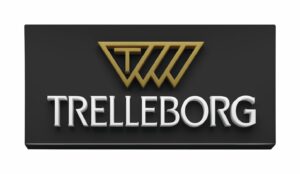
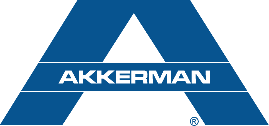
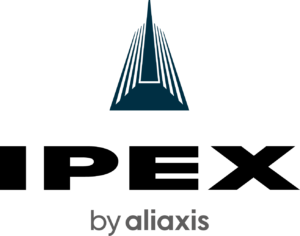

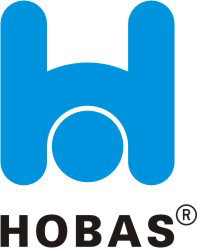
Sponsor the 2024 Pipeline Rehabilitation Academy
Please contact Hannah Stakolich at hstakolich@benjaminmedia.com to learn more about sponsoring the event.
